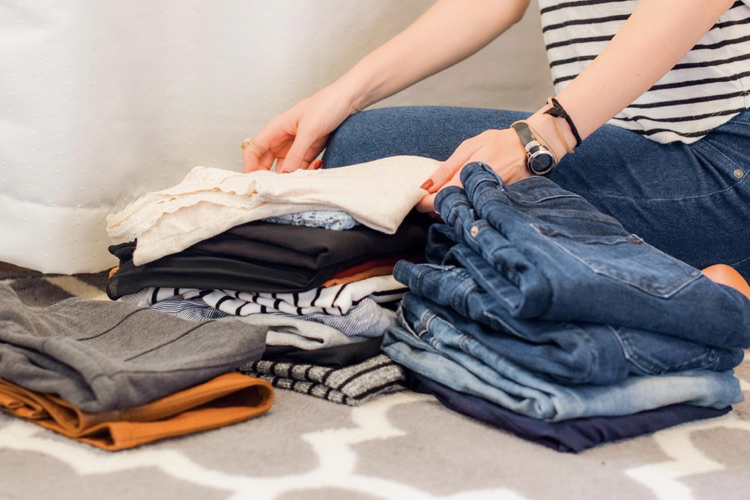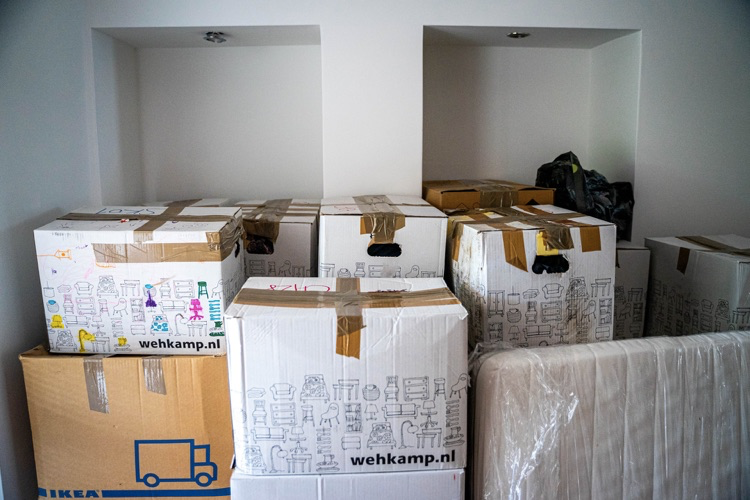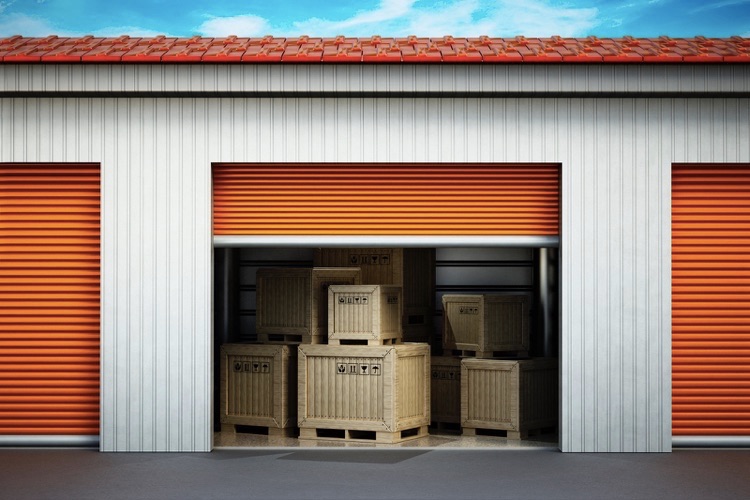How to pack a living room for moving
The living room, with its many different kinds of objects, can be a little more complex to pack than some of the other rooms. Filled with fragile pieces, furniture, art, electronics and more, it can be a potential source of stress.
Here are our top tips from professional movers, to help you make a smooth transition. Take a look at this simple, easy guide to packing up your living room for a move without damage or difficulty.
Declutter the lounge
Packing a room covered in clutter is tricky, and cutting down on things you don’t need will mean less to move (and may even save you money on moving fees). Incorporate the Marie Kondo method, Swedish Death Cleansing, or whatever works for you – as long as the end result is a clearer space and less stuff.
Clean tables and other objects
Moving house offers such a wonderful and rare opportunity for a fresh start – and setting up dirty furniture in your new home won’t give you the clean slate you need. Wipe down coffee tables, lights and other smaller pieces before you start packing. Get your rugs professionally cleaned if possible, or vacuum and shampoo them yourself if you can.
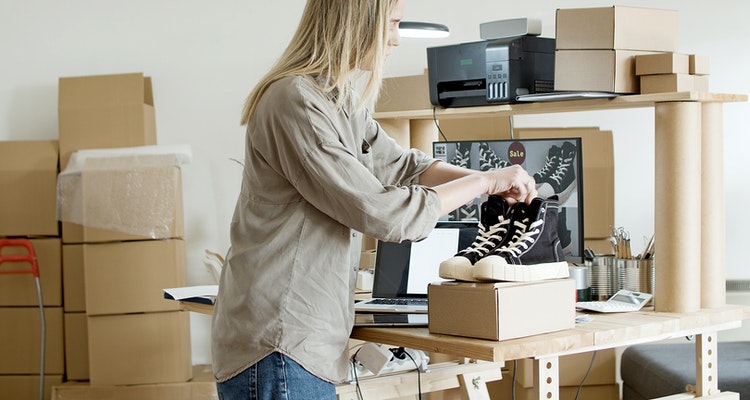
Buy some packing materials
Even if you’ve kept your original packaging for all your electronics, you’ll still need other packing materials for furniture, decor and other items.
Pick up some used boxes at the back of your nearest grocery store, and invest in a large roll of bubble wrap – it will be worth it when expensive furniture and precious keepsakes arrive at your new home undamaged.
Buy some stretch wrap, packing tape, and furniture blankets too if possible. See a full, comprehensive list of other packing materials that may be useful, here.
Pack fragile items
Disassemble lamps, and protect corners with cardboard and tape. While it’s often tempting to pack other items along with lamp shades, they may get squashed – rather give them their own boxes, with plenty of newspaper or cloth stuffing.
Wrap breakables carefully in bubble wrap, and then pack in appropriately sized boxes. Make sure not to leave space – fill gaps with towels, cloths or newspaper. Tape well. Label as fragile, large enough to be seen from a distance and on all sides, and ‘right side up’ if needed.
Art, pictures and mirrors
Protect corners as described above. Regular paper will stick to oil paintings, so make sure to pack them carefully in a box. Apply masking tape (which won’t create sticky residue) in an X across the glass in case of shattering, cover in bubble wrap and add padding as above.
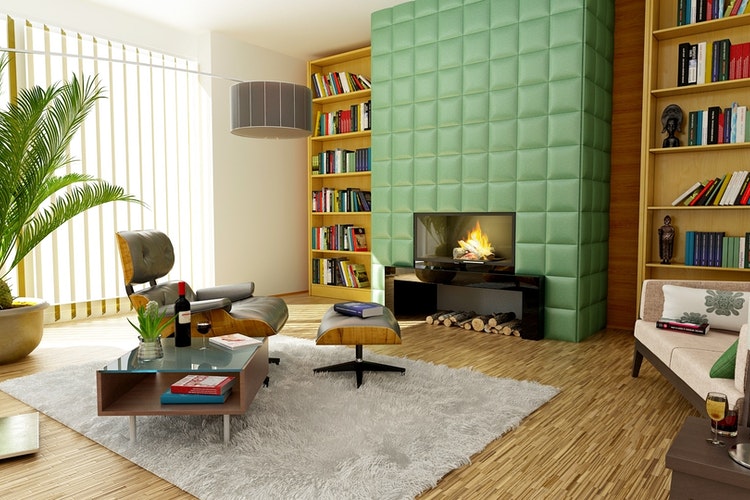
The TV or computer screen
Employing a moving service will be useful here, especially if you haven’t saved the original boxes, as the company can supply protective cartons and foam wraps for TV’s and other screens which will be more effective in preventing breakage.
Living room electronics
While some electronics may not be very fragile, it may make sense to pack them all together, using bubble wrap and filling gaps where needed but putting all in one box for easy accessibility. Make sure to put heavier items at the bottom of the box, and separate or label chords to make settling in less of a hassle.
Pack books
Books, especially paperbacks, can get quite bent or damaged during a move, as a result of incorrect packing. One useful book-moving hack is to stand hardcover books upright in a box, with their spines against the side. Lay paperbacks in flat stacks or spine down, and make sure they aren’t at odd angles.
Pack lounge furniture and rugs
Living room couches, chairs, dining tables, and cabinets may be some of your most expensive items – make sure they retain their value through the move by protecting and packing them like the experts would. Disassemble, shrink wrap, and box cushions and pillows. Clad table corners with cardboard. Top tip: use thin foam for extra protection.
Tricks for loading the car
Remember to pack the furniture or large items first. Distribute the weight of boxes or objects evenly, as this will make for a smoother ride, with heavier ones at the doors for easy unloading.
With our how-to, we hope you’ll become a master mover and avoid much of the usual stress, while keeping your favourite items in prime condition.
